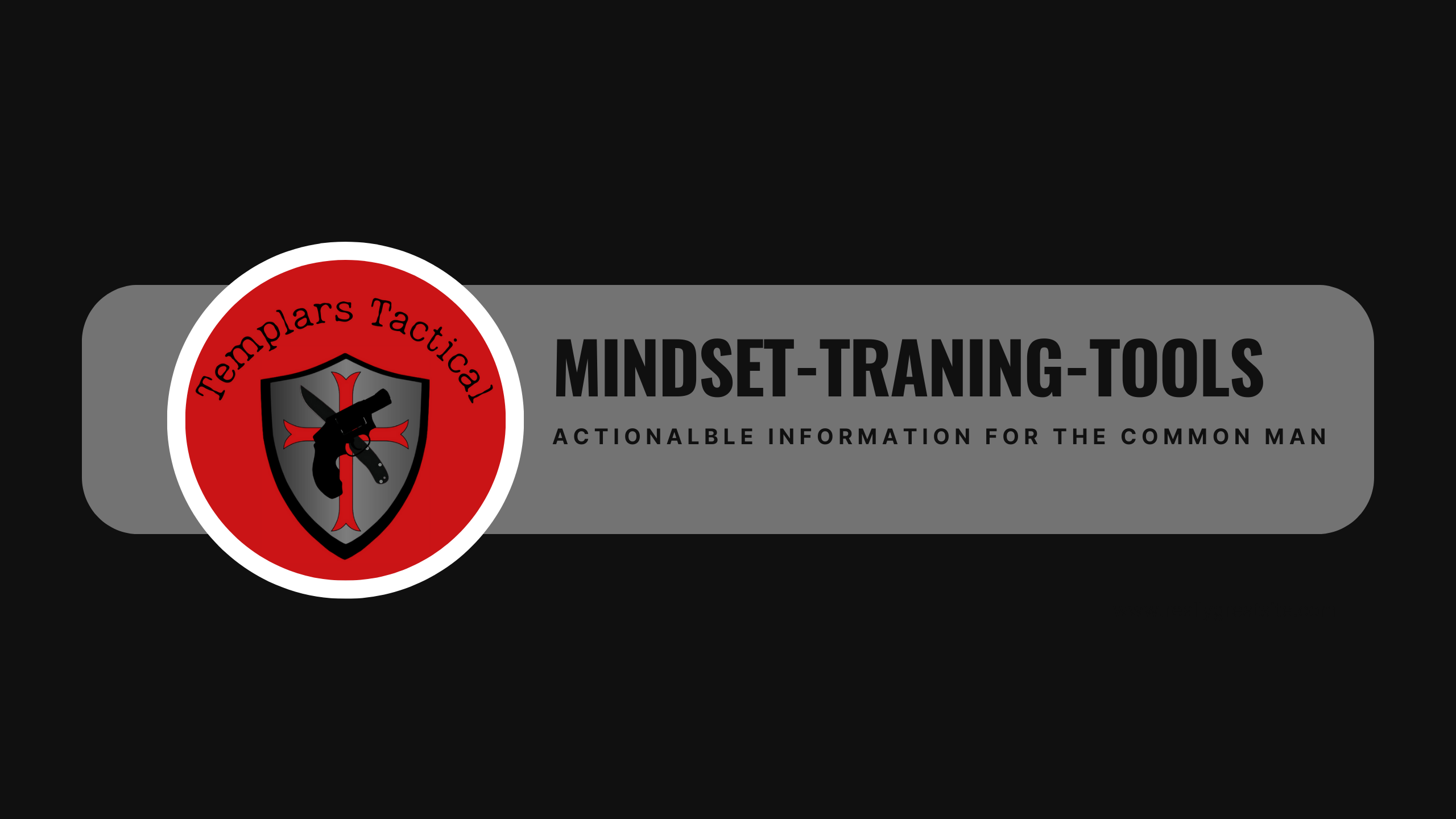
We live in a world full of vertical surfaces—walls, vehicles, and other structures. In many situations, you’ll likely find yourself within a few feet of one. Understanding how to use these surfaces effectively can improve your stability and provide powerful combative options.
Much has been written about ground fighting, but the reality is that you’re often more likely to fight against a wall. Knowing how to do so properly can help keep you from ending up on the ground in the first place.
Tool Placement Considerations
One of the first factors to address is tool placement. Our doctrine dictates that all tools for dealing with “people problems”—such as firearms and knives—should be carried in the front, between the pocket seams. Support gear can be carried to the rear.
Many people carry their handgun at the 3 o’clock position (on the hip) or even farther back at 4-4:30. The problem? Drawing from these positions requires your elbow to move backward. If your back is against a wall or the ground, this becomes impossible. In such cases, you must shift your position to create space and get the “flat” of your back off the wall.
Using the Wall for Stability
The closer you are to the wall, the less impact you’ll absorb if you’re knocked into it. The worst-case scenario is falling backward with enough space for your head to strike first—a dangerous situation.
For those with knee or back injuries, the wall can actually provide critical stability during a confrontation. Ideally, your reaction (weak side) hip should be in contact with the surface. This strong anatomical position prevents your head and back from being slammed into the wall while making it harder for an opponent to take you to the ground.
That said, bracing with either hip can allow you to fight off the wall instead of being pinned against it.
The Panic Push: Exploiting Vertical Surfaces
If you’re within arm’s reach of your attacker, the Panic Push is an effective way to capitalize on their lack of awareness regarding vertical surfaces.
To execute the Panic Push:
- Strike upward and backward at a 45-degree angle using the heels of both palms, targeting just under your attacker’s pecs.
This movement achieves several effects:
✔ Snaps the attacker’s head back, causing an involuntary eye closure.
✔ Rocks them onto their heels, momentarily halting forward movement.
✔ Triggers a balance reaction, forcing them to extend their arms outward—away from their weapon.
✔ Exposes any weapon in their hands, silhouetting it against the background for easy identification.
If the attacker makes contact with a hard vertical surface, their shoulder will usually hit first, followed by their head—potentially leading to a knockout or concussion, even at moderate force.
Combining Techniques for Maximum Effect
By pairing the Panic Push with vertical stabilization, you can create the time and space needed to access your own weapon or escape. Train these techniques in a controlled setting, ensuring proper execution without unnecessary risk to training partners.
Mastering these strategies will significantly improve your ability to fight effectively in real-world environments.




